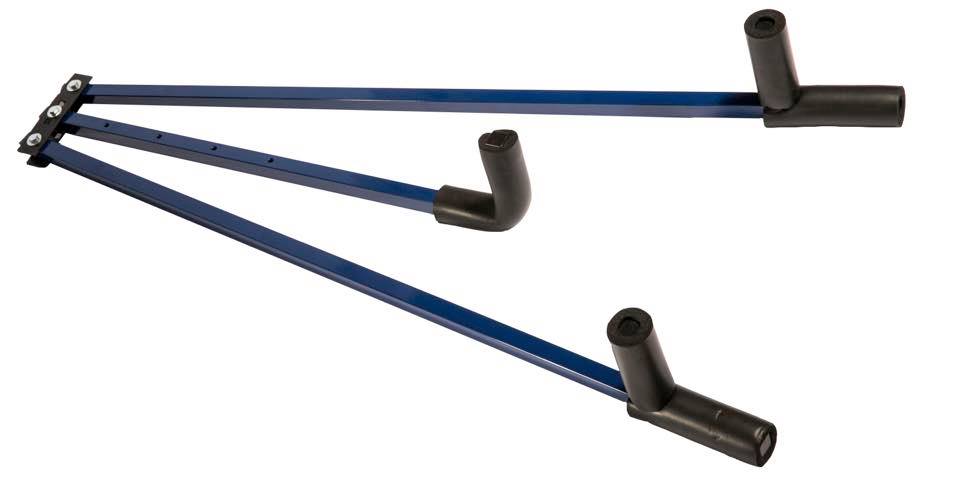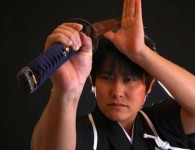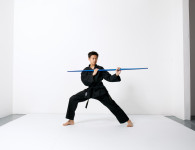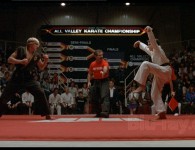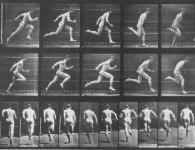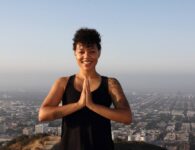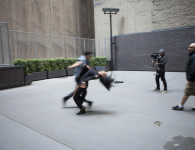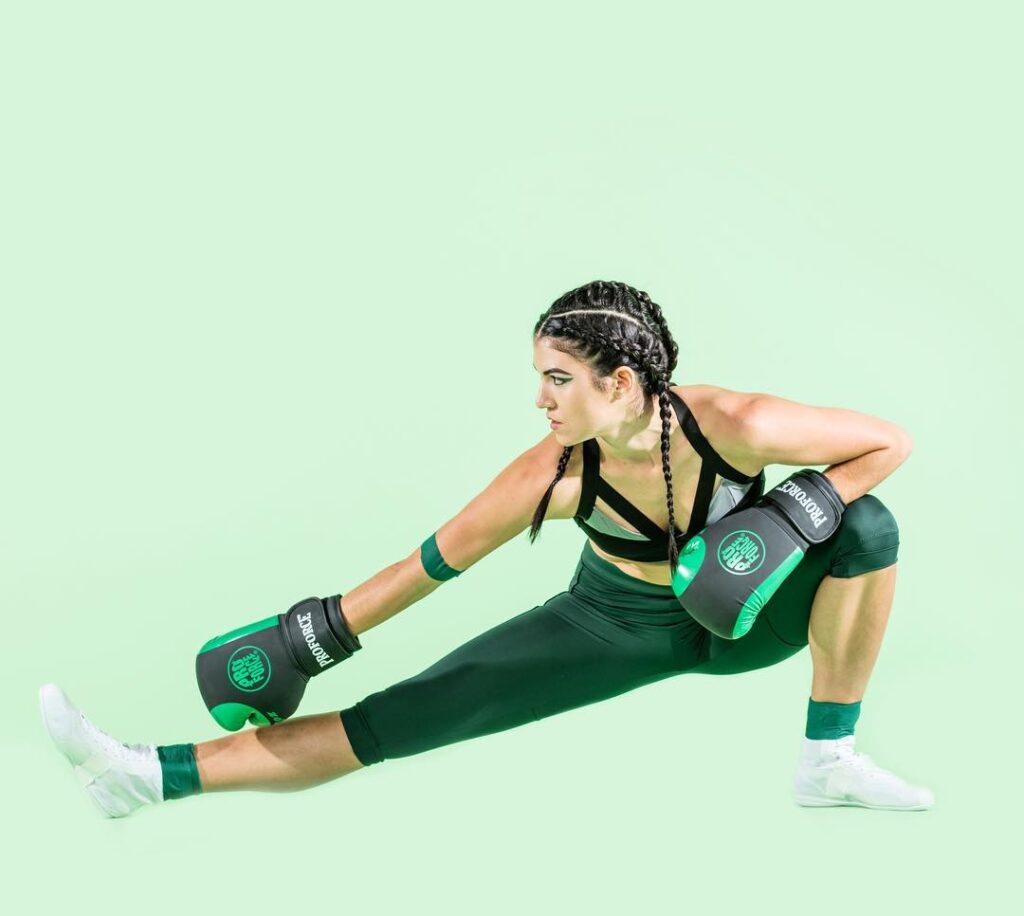
How are your flexibility and mobility these days? Are you looking for some new ideas to add to your daily routine? A lot of us probably need a reminder right now. And those of us who have been diligently stretching every day could probably use a shakeup to our stretching routines.
Almost everything about our current situation makes improving — or even maintaining — our flexibility and mobility especially challenging. We’re stressed out, which causes tension in our bodies and can also contribute to poor posture. Many people have been doing their jobs and/or schooling at home for months now. Unless you’re fortunate enough to be able to afford a brand new office setup, that probably means you’ve been working using furniture that wasn’t designed for sitting at a computer for hours at a time. That can contribute to imbalances, tightness, and discomfort. And we’re struggling with all of the above while we can’t attend our regular fitness and martial arts classes, which means that we’re also missing out on the flexibility training we’d get as part of those workouts.
But the reasons why many of us aren’t getting the flexibility and mobility work we need are also the reasons we need it more than ever. Stretching can reduce stress, relieve discomfort, improve posture, and make daily life tasks more easier. A solid at-home flexibility routine will also help us to prevent injury and improve performance for when we can return to our fitness and martial arts classes.
Here are three types of at home flexibility and mobility routines to help us feel and perform a little better when we can’t make it to the gym or the office.
Static Stretching
Static stretching is the kind of flexibility work that most people think about when they think about stretching. It involves holding your body in a single position for a period of time (usually between 20 and 45 seconds), allowing for a gentle and gradually loosening of the targeted muscle or muscles. All you’ll need is a mat and a chair!
There are almost endless variations of static stretches that you can put together with a gentle warmup to make a solid home routine. Putting together one or two of your favorite stretches for each muscle group will give you a small but solid stretch routine that you can do every day.
If you don’t have favorite stretches, here are some suggestions:
Warmup: March on the spot for five minutes. It doesn’t have to be intense. Just enough to get the blood flowing so that you’re not forcing cold muscles into the following positions without preparation.
Back: Starting on your hands and knees, shift your hips back to rest on your heels and walk your hands forward until you feel the stretch through your back. To increase the stretch, imagine you are reaching your armpits toward the floor. Hold.
Neck and Shoulders: Sitting tall in a chair with your knees bent and together and feet flat on the floor (or sitting cross legged on the floor), tuck your right hand under your left leg. Gently pull your head to the left with your left hand until you feel the stretch in the right side of your neck. Hold. Repeat on the other side.
Here are some more variations of neck stretches. If you’re working at a desk, you’re probably going to need more than one in your daily routine!
Chest, shoulders, and arms: Standing and facing a wall, place your right hand flat on the wall. Keeping your hand in place, slowly rotate your body to the left until you feel the stretch through your pecs, anterior deltoids, and biceps. Hold. Repeat on the left.
Quads and hips: Stand on your left leg (you can use your left hand to hold something for stability if you need help with your balance). Bend your right leg, grab your foot with your right hand, and pull your heel toward your glutes, keeping your kneecap pointed toward the floor. To increase the stretch, shift your hipbones back and your pelvic bone forward a little. This will help to stretch your hip flexors as well as your quads. Hold. Repeat on the opposite side.
Hamstrings and calves: Stand on your left leg and rest the heel of your right leg on a stable surface like a chair or table. Keeping your right heel anchored and your right leg straight (but not hyperextended or locked), bend your left knee and shift your hips backward until you feel a stretch through the back of your leg. Hold. Maintaining that position, flex your right ankle, reaching your toes toward your body until you feel a stretch in your calf as well. Hold again. Repeat on the opposite side.
Dynamic Stretching
Dynamic stretching, which are movements where you put your joints and muscles through a full range of safe motion, are popular in warmups for high intensity fitness classes and martial arts. And for good reason. They’re an excellent way to get your body responsibly moving in all directions before you start putting it through intense physical challenges. But dynamic stretching can also make an excellent standalone routine that you can easily fit into your day.
Here’s an example of a full body dynamic stretching routine:
Assisted Stretching
If you’re interested in making big gains in your flexibility while training at home — or if you’re missing the extra push you got from doing partner stretches at the gym — you can also invest in exercise equipment specifically designed for stretching. AWMA’s own ProForce® Stretchmaster, for example, is designed to help you take your hip and leg flexibility to the next level to improve your high kicks, your guard, and your overall mobility in martial arts and beyond. It can also help you do the splits. For martial artists and fitness buffs working with smaller spaces and smaller budgets, the Flex-A-Tron III is a great alternative.
